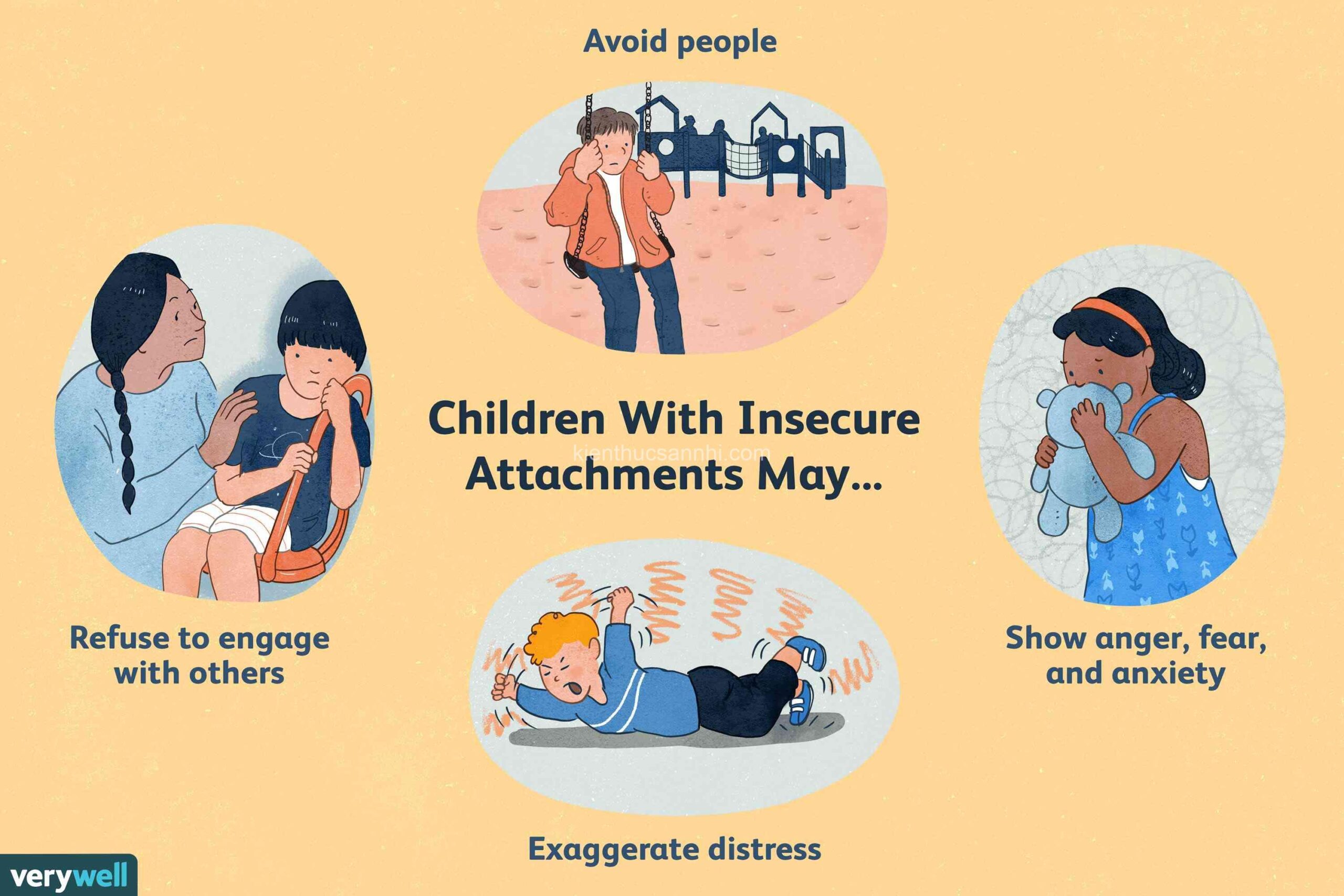
Labor Signs: Recognizing True Contractions & Water Breaking. In today’s article, kienthucsannhi.com will explore with you in the most detailed and complete way. See now!
Recognizing True Labor Contractions: The Hallmark Sign
It’s exciting to experience those first contractions, but not all contractions are created equal. Braxton Hicks contractions, often called “practice contractions”, are irregular and usually don’t get stronger over time. They’re often described as a tightening sensation in the abdomen. True labor contractions, on the other hand, signal that your baby is on the way!
Here’s how to distinguish between the two:
True Labor Contractions:
- Regularity: True labor contractions come at regular intervals, gradually getting closer together.
- Intensity: They become stronger over time.
- Duration: Each contraction lasts longer.
- Location: They typically start in the back and move to the front of the abdomen.
Braxton Hicks Contractions:
- Irregularity: They come and go without a set pattern.
- Mild Intensity: They usually don’t get stronger over time.
- Short Duration: They typically last only a few seconds.
- Location: Usually felt in the front of the abdomen, not the back.
It’s essential to track your contractions. You can use a timer or download a contraction tracking app. This helps you determine whether they are regular and becoming stronger. When your contractions are 5 minutes apart for at least 1 hour, it’s time to head to the hospital or birth center.

Water Breaking: A Dramatic Sign
Water breaking is a dramatic sign of labor. It occurs when the amniotic sac ruptures, releasing the fluid that has been surrounding your baby.
Here’s what you need to know about water breaking:
- It can happen suddenly: You may experience a gush of fluid.
- It can happen slowly: You might feel a slow leak or a trickle of fluid.
- It can happen before or during labor: Sometimes water breaks before contractions start.
What should you do if your water breaks? Contact your doctor or midwife immediately. They’ll advise you on the next steps, which may include heading to the hospital or birth center. Remember, even if you’re not experiencing contractions, you should seek medical attention right away.
Cervical Changes: The Silent Sign
Cervical changes are crucial in labor. Dilation refers to the widening of the cervix, while effacement refers to the thinning of the cervix.
- Dilation: The cervix opens from 0 centimeters to 10 centimeters.
- Effacement: The cervix thins from 0% to 100%.
These changes occur gradually, often without your awareness. Your healthcare provider will check your cervical dilation and effacement during a vaginal exam, which is a routine part of labor monitoring.
It’s important to communicate any noticeable cervical changes to your healthcare provider. Even if you aren’t experiencing regular contractions, they might advise you to come in for a check-up.
Other Signs of Impending Labor: Subtle Cues
While true contractions and water breaking are the most significant labor signs, several other subtle cues may indicate that labor is approaching.
- Increased vaginal discharge: You may notice an increase in the amount of vaginal discharge as labor progresses. It might be clear, pink, brown, or even slightly bloody.
- Backache: Many women experience a persistent and severe backache in the days or hours leading up to labor.
- Diarrhea or loose bowels: Some women experience diarrhea or loose stools as their body prepares for labor. Hormonal changes are responsible for this.
- Weight loss: You might notice a weight loss of 1-2 pounds in the days before labor, primarily due to fluid shifts. However, weight loss isn’t a reliable sign for everyone.
- Nesting instincts: You may feel a surge of energy and a desire to prepare for your baby’s arrival. These “nesting instincts” are common in the days or weeks before labor.
When to Contact Your Healthcare Provider
It’s crucial to be aware of the signs that warrant immediate medical attention.
- Water breaking: Contact your healthcare provider as soon as your water breaks, even if you aren’t experiencing contractions.
- Regular, strong contractions: When your contractions are 5 minutes apart for at least 1 hour, it’s time to head to the hospital or birth center.
- Bleeding or spotting: If you experience any bleeding or spotting, contact your healthcare provider immediately.
- Decreased fetal movement: If you notice a sudden decrease or absence of fetal movement, contact your healthcare provider.
- Intense pain or pressure: If you experience intense pain or pressure in your lower abdomen or back, contact your healthcare provider.
FAQs About Labor Signs
What if my water breaks, but I’m not having contractions?
Contact your healthcare provider immediately. While water breaking can sometimes be a sign of imminent labor, it may also indicate other issues requiring medical attention.
How can I tell if my contractions are true labor contractions?
True labor contractions are regular, get stronger over time, and last longer. They typically start in the back and move to the front of the abdomen.
Is backache a reliable sign of labor?
Backache can be a sign of labor, but it can also be caused by other factors during pregnancy. If you experience persistent and severe back pain, it’s best to contact your healthcare provider.
Should I call my doctor if I have diarrhea or loose stools?
While diarrhea can be a sign of impending labor, it’s not necessarily a reason to contact your healthcare provider unless you’re experiencing other concerning symptoms.
What if I don’t feel any of these labor signs?
Labor can be different for every woman. If you have concerns, don’t hesitate to contact your healthcare provider.
Conclusion
Recognizing labor signs is an important part of preparing for childbirth. It’s crucial to understand the difference between true labor and false labor, particularly when it comes to contractions and water breaking.
Keep in mind that every woman’s labor journey is unique. If you have any questions or concerns, don’t hesitate to reach out to your healthcare provider. We’re here to support you through this incredible journey! To learn more about childbirth and other related topics, please visit our website, kienthucsannhi.com. Leave a comment below, share this article with your friends, and continue exploring our informative content.
EAVs & EREs & Semantic Triples
- Entity: Contractions, Attribute: Frequency, Value: Minutes
- Entity: Contractions, Attribute: Intensity, Value: Strong
- Entity: Contractions, Attribute: Duration, Value: Minutes
- Entity: Contractions, Attribute: Location, Value: Back, Abdomen
- Entity: Water Breaking, Attribute: Amount, Value: Gush, Trickle
- Entity: Amniotic Sac, Attribute: Rupture, Value: Water Breaking
- Entity: Cervical Changes, Attribute: Dilation, Value: Centimeters
- Entity: Cervical Changes, Attribute: Effacement, Value: Percentage
- Entity: Discharge, Attribute: Color, Value: Clear, Pink, Brown, Bloody
- Entity: Backache, Attribute: Intensity, Value: Severe
- Entity: Nesting Instincts, Attribute: Intensity, Value: Strong
- Entity: Fetal Movement, Attribute: Frequency, Value: Decreased
- Entity: Bleeding, Attribute: Amount, Value: Spotting
-
Entity: Weight Loss, Attribute: Amount, Value: 1-2 pounds
-
Entity: Labor, Relation: Characterized By, Entity: Contractions
- Entity: Labor, Relation: Preceded By, Entity: Water Breaking
- Entity: Contractions, Relation: Characterized By, Entity: Frequency
- Entity: Contractions, Relation: Characterized By, Entity: Intensity
- Entity: Contractions, Relation: Characterized By, Entity: Duration
- Entity: Contractions, Relation: Characterized By, Entity: Location
- Entity: Water Breaking, Relation: Caused By, Entity: Amniotic Sac Rupture
- Entity: Cervical Changes, Relation: Associated With, Entity: Labor
- Entity: Cervix, Relation: Dilated By, Entity: Contractions
- Entity: Cervix, Relation: Effaced By, Entity: Contractions
- Entity: Discharge, Relation: Caused By, Entity: Labor
- Entity: Backache, Relation: Associated With, Entity: Labor
- Entity: Nesting Instincts, Relation: Associated With, Entity: Labor
- Entity: Fetal Movement, Relation: Affected By, Entity: Labor
- Entity: Bleeding, Relation: Associated With, Entity: Labor
- Entity: Weight Loss, Relation: Associated With, Entity: Labor
- Entity: Hospital Visit, Relation: Triggered By, Entity: Water Breaking
-
Entity: Hospital Visit, Relation: Triggered By, Entity: Regular Contractions
-
Subject: Labor, Predicate: Characterized By, Object: Contractions
- Subject: Labor, Predicate: Preceded By, Object: Water Breaking
- Subject: Cervix, Predicate: Dilated By, Object: Contractions
- Subject: Cervix, Predicate: Effaced By, Object: Contractions
- Subject: Discharge, Predicate: Caused By, Object: Labor
- Subject: Backache, Predicate: Associated With, Object: Labor
- Subject: Nesting Instincts, Predicate: Associated With, Object: Labor
- Subject: Fetal Movement, Predicate: Affected By, Object: Labor
- Subject: Bleeding, Predicate: Associated With, Object: Labor
- Subject: Weight Loss, Predicate: Associated With, Object: Labor
- Subject: Hospital Visit, Predicate: Triggered By, Object: Water Breaking
- Subject: Hospital Visit, Predicate: Triggered By, Object: Regular Contractions
- Subject: Contractions, Predicate: Characterized By, Object: Frequency
- Subject: Contractions, Predicate: Characterized By, Object: Intensity
- Subject: Contractions, Predicate: Characterized By, Object: Duration
- Subject: Contractions, Predicate: Characterized By, Object: Location
- Subject: Water Breaking, Predicate: Caused By, Object: Amniotic Sac Rupture
- Subject: Labor, Predicate: Associated With, Object: Cervical Changes





